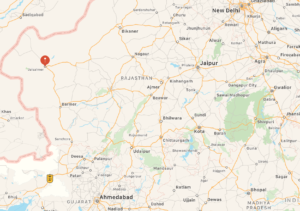The BHATI JADAUNS of Kuchela originated from the ruling dynasty of the erstwhile princely state of JAISALMER. This state was located in an area, formerly, known as Rajputana. After Indian Independence, it merged into the Rajasthan State of India and today, it forms the western-most district of the country. The princely state of JAISALMER laid between 26°4′ and 28°23′ North Latitudes and 69°30′ and 72°40′ East Longitudes. It was ruled by the dynasty of the BHATI JADAUN rulers.
As a fitting tribute to their glorious past, the archaeological department of India, has displayed supporting historical facts and documentary evidence about this clan and dynasty, in the fort-palace-museum of contemporary JAISALMER. Historical books, currency notes, judicial and postage stamps which are on display, testify to centuries of rule which the BHATI JADAUN did over JAISALMER. This tribe claims descent from Lord Krishna who was actually a JADAUN Rajput prince. It is universally known that Lord Krishna was born in a prison to his biological mother Devaki. She had been jailed along with her husband, by her own brother and evil king, Kans. To escape the wrath of Kans, Krishna’s biological father Vasudev, smuggled the new-born Krishna out of prison. He took Krishna across River Yamuna, and gave him to a couple known as Baba Nand and Mata Yashoda, to be adopted and raised in secrecy. These foster parents of Krishna, essentially kept cattle. Thus, Lord Krishna spent a sizeable part of his childhood in grazing cattle as a cowherd. Because of this reason he, also came to be known as an ancestor of Ahirs who are another primordially cowherd-clan of ancient and medieval India.
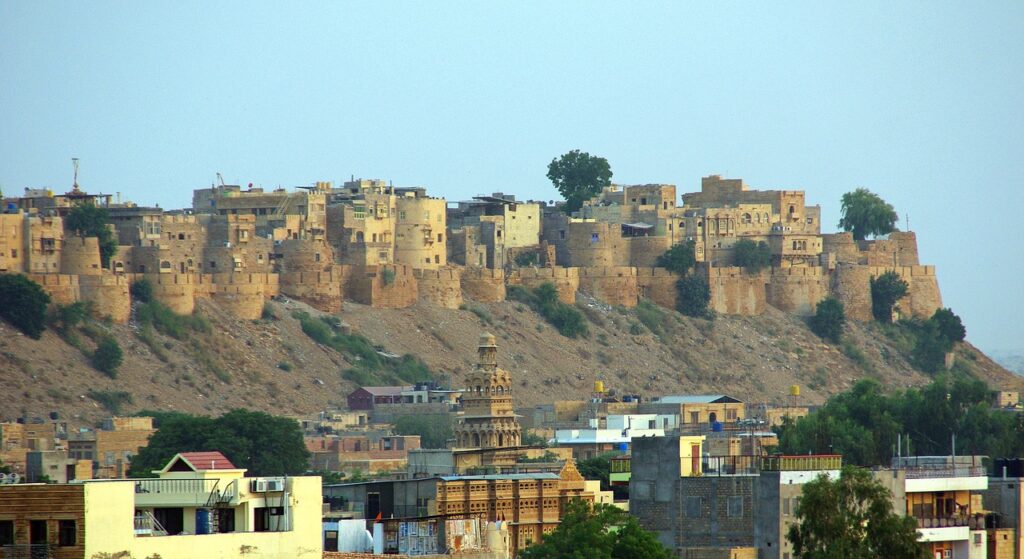
A JADAUN king named SALI VAHAN, was one of JAISALMER’s early leaders. He was known to have come down to JAISALMER from PUNJAB. He defeated the Indo-Scythians in a decisive battle near Kahror (within 60 miles of Multan) in the year 76 A.D. So great was the fame of this victory that the conqueror assumed the title of SAKARI or foe of the Sakas(Scythians). This battle was more fierce and destructive than those fought by Ashoka the Great or Alexander the Great against Porus or any other famous medieval Indian rulers. To commemorate this event, a new Era was established. It was called the Saka Era or the SHAKA (SAKA) SAMWAT. It became an epoch, which has remained in use in parts of India, unto this day. It is also used in most government calendars.
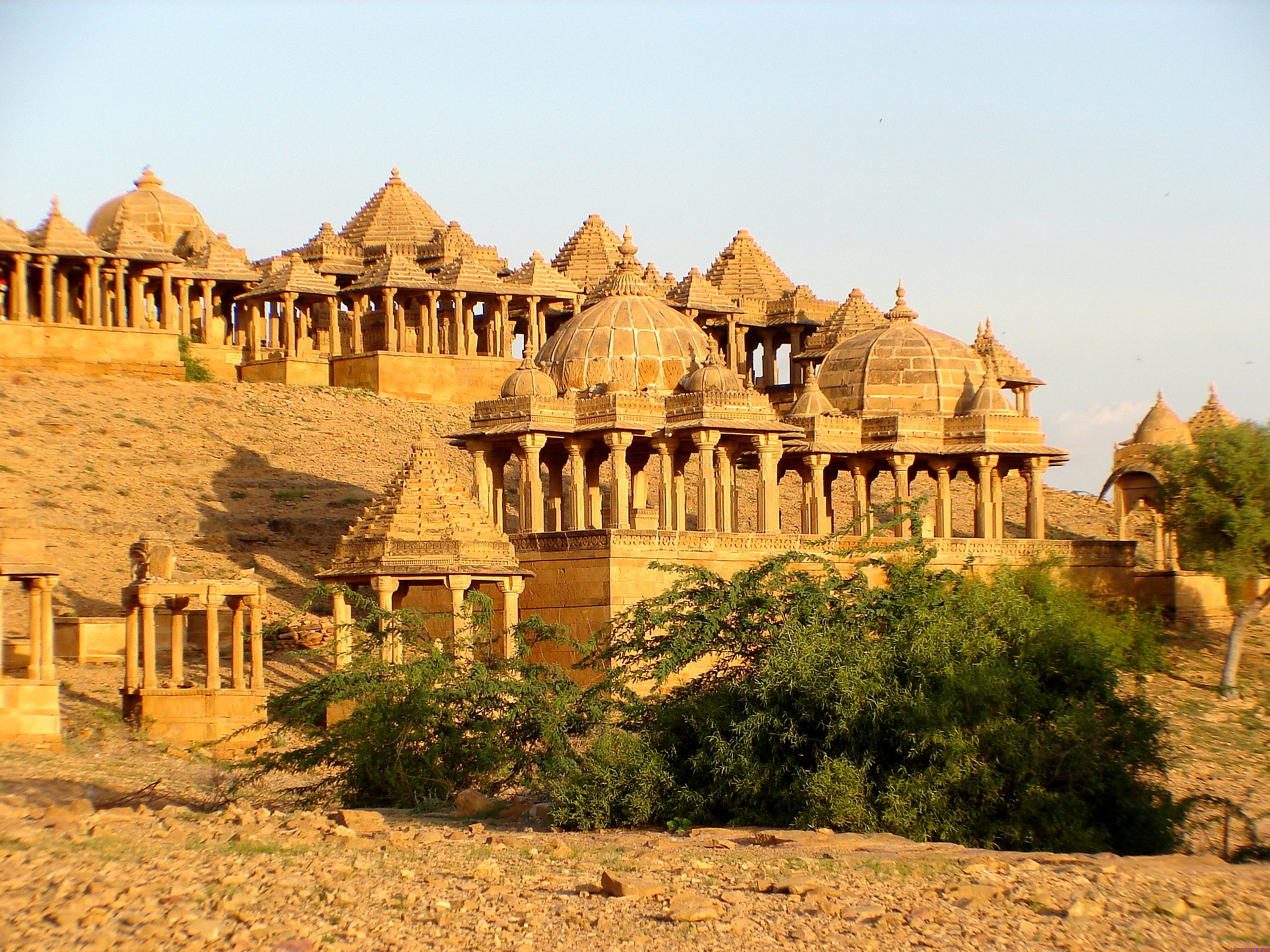
Temple 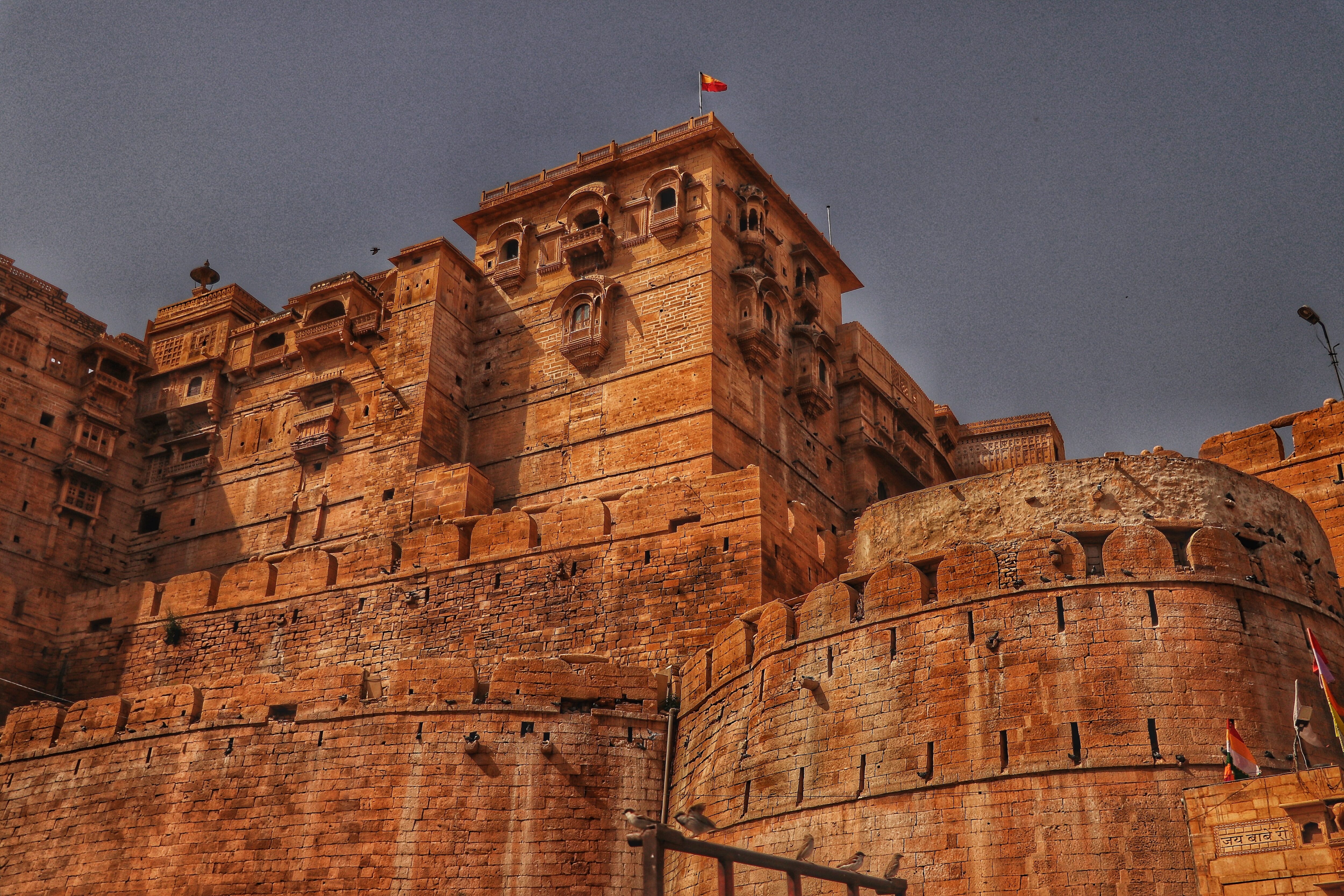
Ramparts 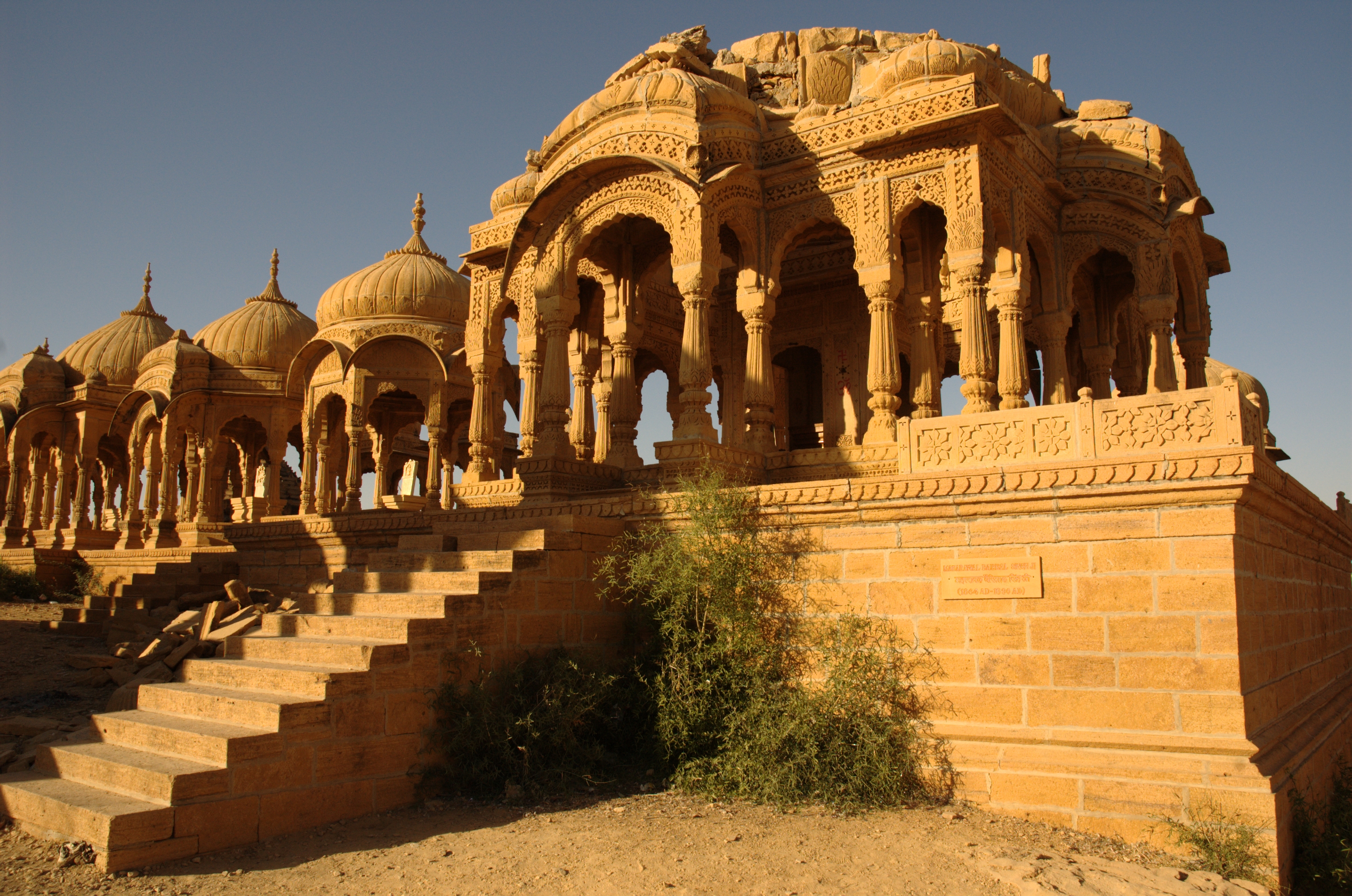
Temple 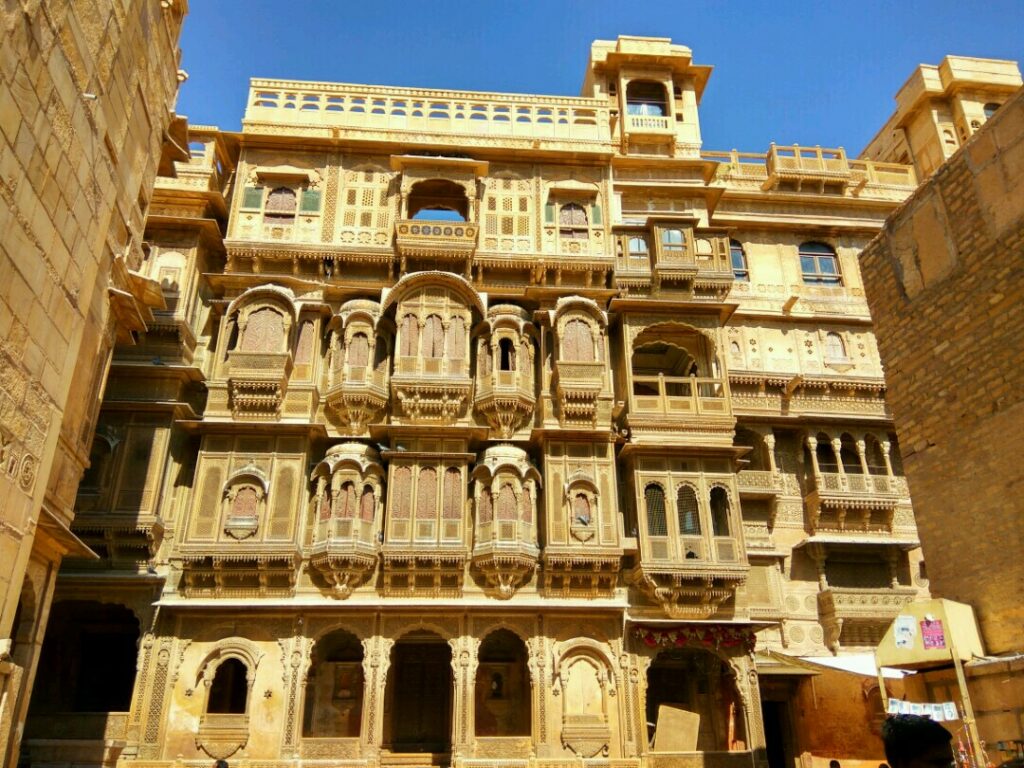
Haweli 
Fort
SALI VAHAN the victorious had a grandson called BHATI. He too was a renowned warrior. The tribe subsequently assumed the name from him and called itself the BHATI JADAUNS. The present capital and fort were founded by a BHATI descendant called RAWAL JAISAL in 1156 A.D. The first of the BHATI JADAUN chiefs to hold his own during the Moghul rule was SABAL SINGH. The power of the state was then at its zenith. Their flag, a two hued standard with a ‘chhatri,’ denotes authority and they tie their turbans with its tailpiece in a ‘tails-up’ fashion denoting high morale and contrary to the tailpiece ‘hanging-down’, as followed elsewhere in Rajasthan. JAISALMER The Golden City is now remotely located. It is a popular tourist resort and is famous for its Golden Fort, Golden Havelis of the affluent Marwari business community and the Golden Sands of Village SAAM.

